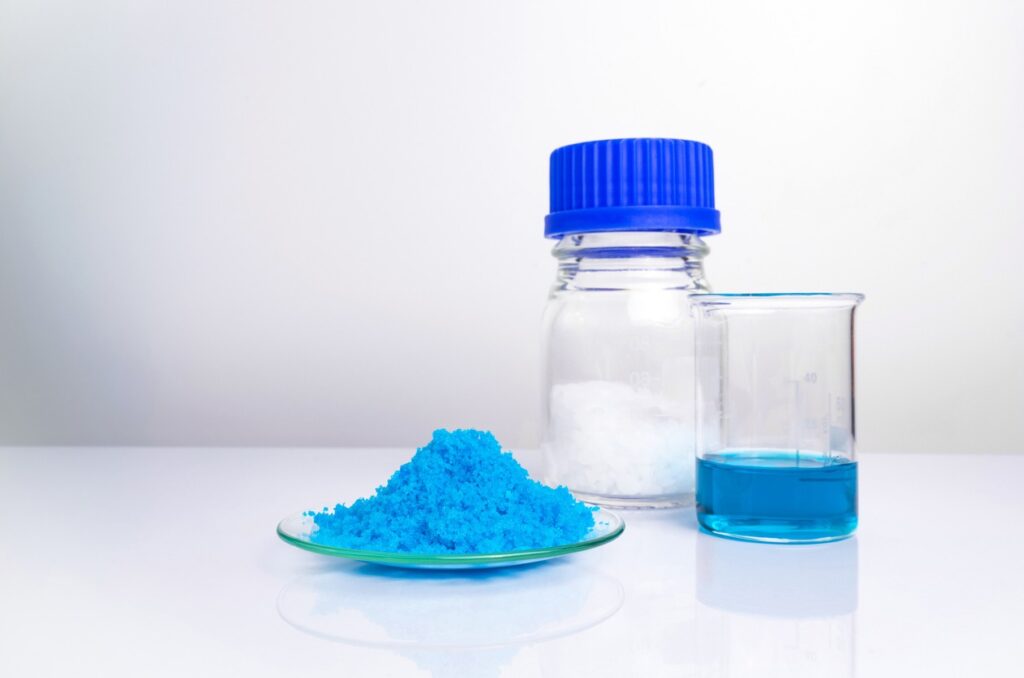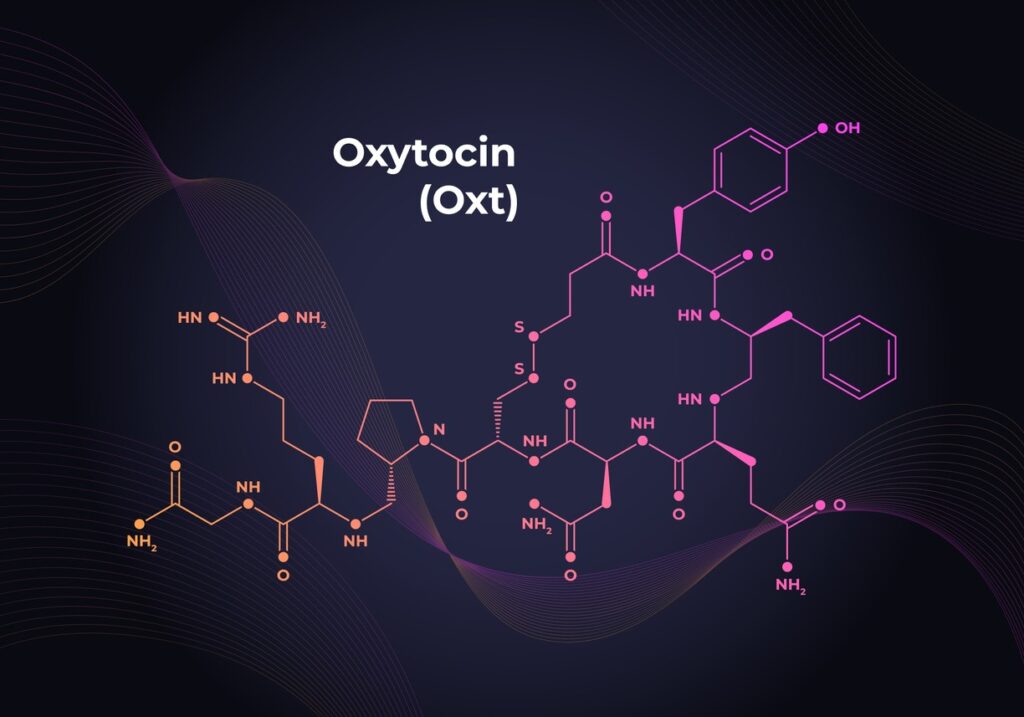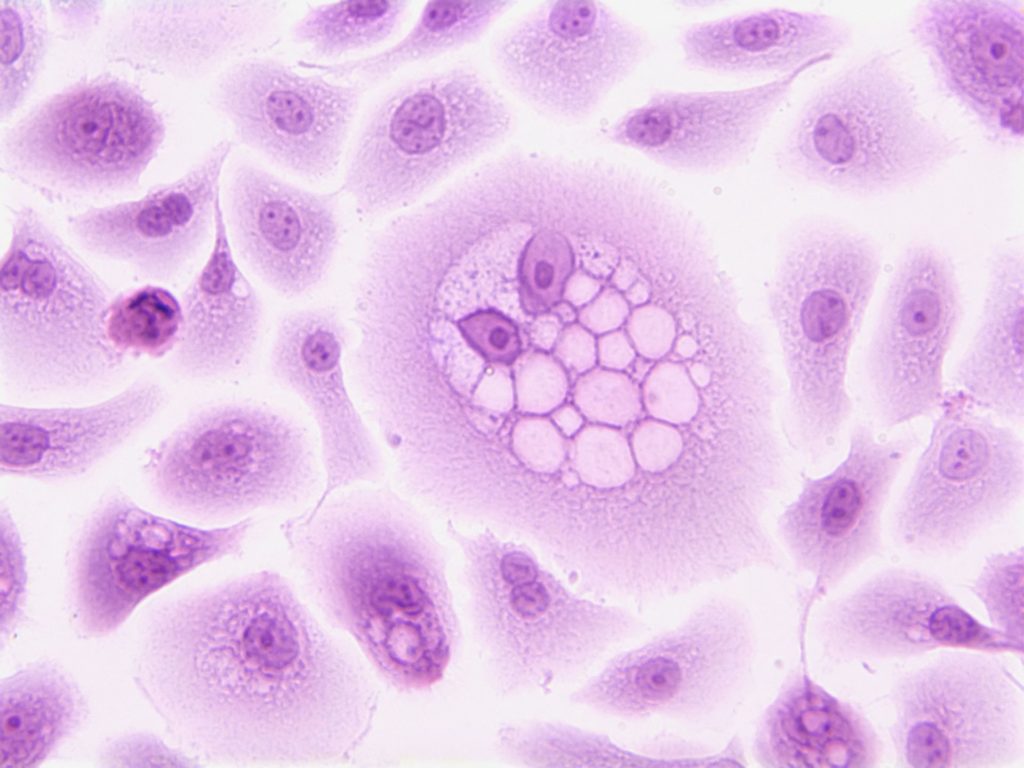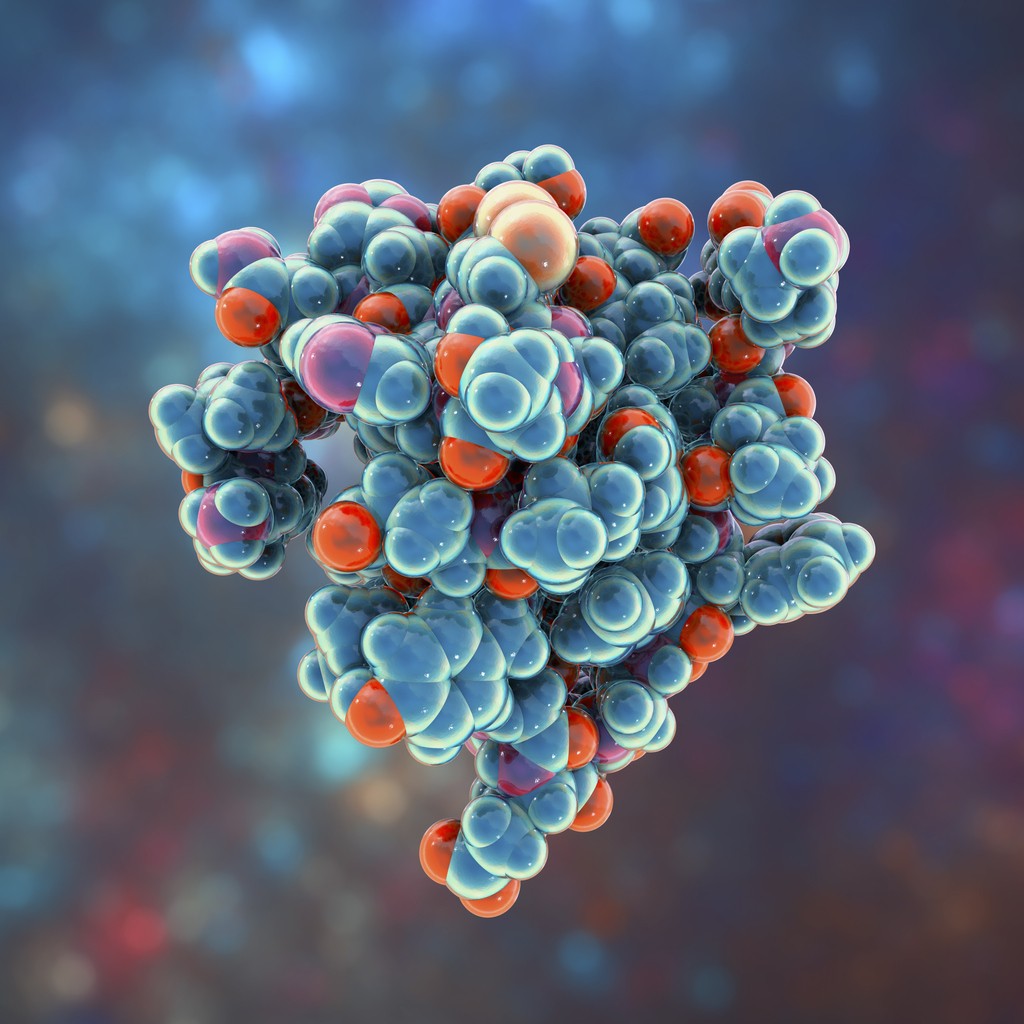Peptide Blog
All articles and shared info are for educational purposes only.
Latest Peptide Articles
B7-33 Peptide and Fibrosis
B7-33 is the synthetic derivative of H2-relaxin. B7-33 has been suggested to act similarly to h2-relaxin but does not appear to increase the production of cAMP. Its research relevance is suggested in the reduced fibrosis in chronic and acute diseases, such as lung inflammation, heart failure, kidney, etc. B7-33 may also act to reduce scar...
Pinealon Related Studies
Pinealon is a peptide made up of three amino acid sequences. It is known as a peptide regulator because of its potential capacity to interact with DNA and change gene expression levels. Pinealon may potentially protect cells and tissues from the harmful action of hypoxia. Compared to other peptides, Pinealon does not appear to bind...
Peptide Synthesis
The Process of Peptide Synthesis Solution Phase Synthesis (SPS) was the original approach to peptide synthesis. Though this process still has merit in this modern age, for large-scale peptide production, Solid-Phase Peptide Synthesis (SPPS) has become to be the method of choice of most scientists. SPPS’s advantages are the reason for this. SPPS appears to...
Overview of the Oxytocin Peptide
Oxytocin is a nine-amino acid peptide hormone that researchers believe to be generated in the brain and released by the posterior pituitary gland. In its natural state, Oxytocin appears to be a precursor molecule that splits to produce the active hormone. According to research, the peptide may be produced in the retina, adrenal glands, pancreas,...
Triptorelin and Research in Prostate Cancer
Triptorelin is classified as a synthetic equivalent of GnRH. Therefore, it may potentially enact the anterior pituitary gland to release Follicle-Stimulating Hormone (FSH) and Luteinizing Hormone (LH). If Triptorelin is introduced in a steady-state format and not in a pulsatile way, it may eventually suppress the secretion of LH, FSH, testosterone, and estrogen. Researchers suggest...
Tripeptide-29: Potential Synthetic Collagen Equivalent
A potential synthetic equivalent of one of collagen's constituent units is Tripeptide-29, potentially serving as a building block for large collagen molecules. Tripeptide-29 might change the amino acid sequence and relative frequency of a collagen molecule, potentially influencing its superstructure, tertiary, and quaternary properties. Researchers consider collagen to be vital to restoring damaged tissues. According...
AHK-Cu and Skin Cell Support
AHK-Cu, often termed 'copper AHK,' is a peptide with an associative (chemically related to) copper ion attached to it. It has been suggested to be a dermal (endothelial) growth stimulant and a peptide with potential anti-aging characteristics, particularly in skin cells. It is considerd be found in the bloodstreams of mammals and might be vital...
Follistatin-344: A Potential Activin-Binding Protein and Myostatin Inhibitor
Follistatin-344 peptide, a naturally produced glycoprotein, is considered to be generated and produced in the liver. The peptide's speculated primary function appears to be the deactivation of TGF-beta superfamily proteins, potentially reducing the action of avidin, myostatin, and FSH (follicle-stimulating hormone). Scientific Studies Follistatin-344 and Muscle Cells Myostatin, also known as growth differentiation...
IGF-1 LR3: A Synthetic Model of the Insulin-like Growth Hormone
IGF-1 LR3, an abbreviation for "Insulin Growth Factor-1, Long Arginine 3," is a modified, synthetic model of the insulin-like growth hormone. Research on IGF-1 LR3 hints at its potential role in cell proliferation, potentially enhancing fat metabolism and muscle repair by inhibiting the actions of myostatin and influencing cell division. Although it is conjectured to...









